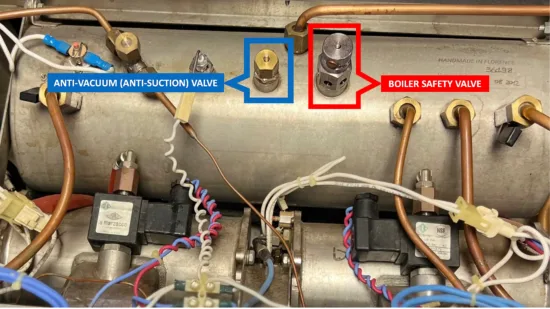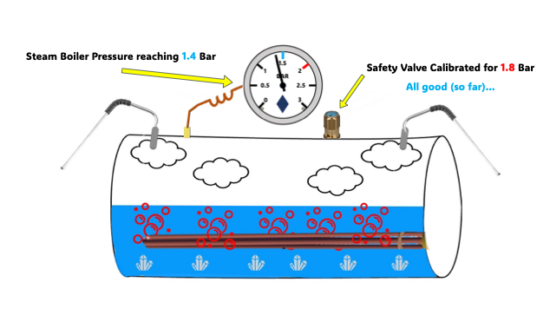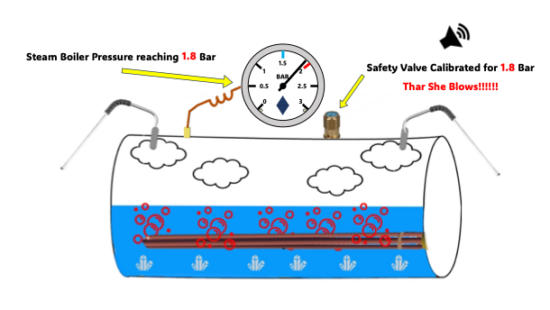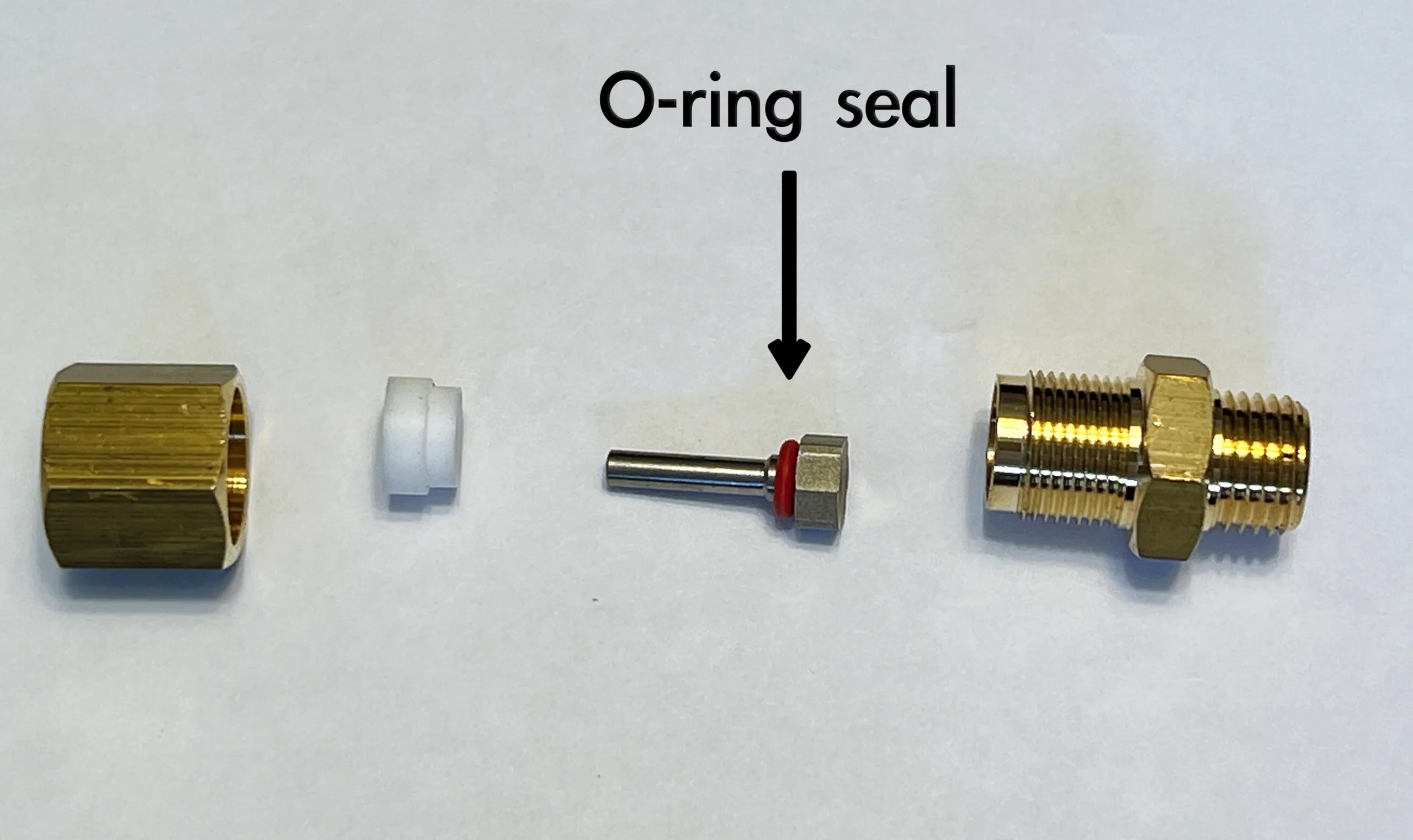
When Wednesday Addams hears something eerie happening inside an espresso machine, she can fix it with ease. But what does a real tech think of her technique? Let’s take a look.
BY JON FERGUSON
SPECIAL TO BARISTA MAGAZINE
Featured photo by Avery Cocozziello
In the Netflix series “Wednesday,“ the return of the Addams family comes with Wednesday Addams rebelling against the stereotypes of her Gen Z peers. She is also handy at fixing espresso machines, showing her talents during a scene in the first episode where she meets a barista named Tyler. She quickly steps up to help Tyler diagnose and repair a “valve issue” because she’s in a hurry to get her quad shot of espresso over ice. She’s not a fan of drip coffee, you know.
Trust the Professionals
So, in real life, what could have been this valve issue she speaks of? And how did she fix it using only a tri-wing screwdriver and a 4 mm Allen wrench? With the abrupt steam release from the machine upon her entering the scene, it might have been an issue with over-pressurization of the steam boiler, activating the pressure safety valve. Wednesday very quickly fixes the broken-down espresso machine, and it is yet another demonstration on how coffee techs are seen as real-life superheroes!

In real life, handling this situation would require turning off the machine, depressurizing the steam boiler completely, and allowing the machine to cool prior to removing, twisting, or turning any bolt, nut, screw, panel, or valve. It is extremely dangerous. It is recommended to contact a professional coffee-equipment service company that may have a real-life version of Wednesday to work on your machine.
Let’s walk through Wednesday’s troubleshooting (we’ll need to employ some suspension of disbelief). When machines break down in real life, much more caution should be followed before working with pressurized boiler systems.
Spooky Whistles and Pops
What if you hear a loud whistle and pop, accompanied by excessive steam from the top of the espresso machine?
The pressure safety valve provides a pathway for releasing pressure from an over-pressurized boiler. This valve is activated when one of several possible components controlling pressurization fails, causing the steam boiler to over-pressurize.
To visualize potential concerns with your steam boiler, the following diagrams present scenarios reflecting proper operation, along with a scenario with a faulty, non-working pressure safety valve.

In Figure 1, we see a steam pressure set for 1.4 bar of maximum pressure. The pressure safety valve on this fictitious steam boiler is calibrated to release excessive pressure when the steam pressure reaches 1.8 bar of pressure or higher. Luckily in the diagram above, pressure is not increasing beyond 1.4 bar; this appears to be a normal operating system.
Let’s visit another café with the same machine set at 1.4 bar of pressure. For some reason, the system is malfunctioning and continues to pressurize, reaching 1.8 bar. Once the steam boiler reaches 1.8 bar or higher, as seen in Figure 2, it causes the pressure safety valve to release excessive pressure, creating an alarming audible screech, pop, or whistling.
This release of steam should alarm you! You should immediately call Wednesday Addams, or your nearest espresso service technician, for service.

Infernal Hissing
What if you have a hissing noise from the top of the machine without an alarming amount of steam or screeching noise?
The anti-suction valve is often the culprit when baristas hear a hissing sound coming from within the espresso machine. The hissing is a sign of an O-ring within the anti-suction valve that is no longer capable of keeping the steam pressure from escaping—as seen in Figure 3 below. The O-ring will gradually break down and worsen over time, allowing steam to escape.


What’s Next for Wednesday?
When Wednesday returns to TV, supposedly at some point in 2025, perhaps she will continue to demonstrate her coffee-related skills by helping a coffee roaster put out a chaff fire at the warehouse, resulting from her request for darker-roasted coffees by an inexperienced roaster that has never gone into the second crack? Since she is rebelling against the Gen Z stereotypical light-roasted single-origin espressos, this could be a viable plot line.
Disclaimer: This article is for entertainment purposes only, and should not be considered any form of a substitute for any safety instructions or technical data that is otherwise applied to any equipment reviewed or explained in this article. The author and publisher make no warranties and disclaim all warranties with respect to the accuracy or completeness of the material covered within this article. Only qualified technicians and coffee-equipment service providers authorized to work on manufacturers’ equipment should carry out installation and maintenance of all equipment in a commercial setting. Neither the publisher, contributors, manufacturers, nor the author of this article shall be held liable for any damage or injuries arising herefrom.
ABOUT THE AUTHOR
Jon Ferguson (he/him) is currently residing in Siem Reap, Cambodia, focusing on writing about the world of espresso equipment and service. After nearly two decades of experience across various facets of the coffee industry, he continues to enjoy every moment of it.
Subscribe and More!
Out now: It’s the June + July 2024 issue of Barista Magazine! Read it for free with our digital edition. And for more than three years’ worth of issues, visit our digital edition archives here.
You can order a hard copy of the magazine through our online store here, or start a subscription for one year or two.





